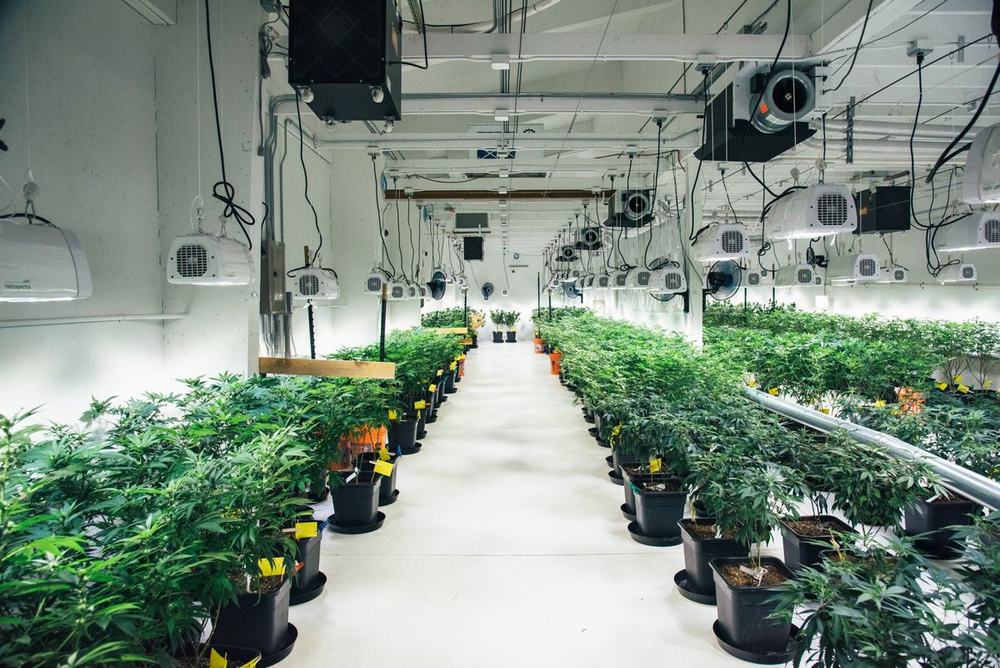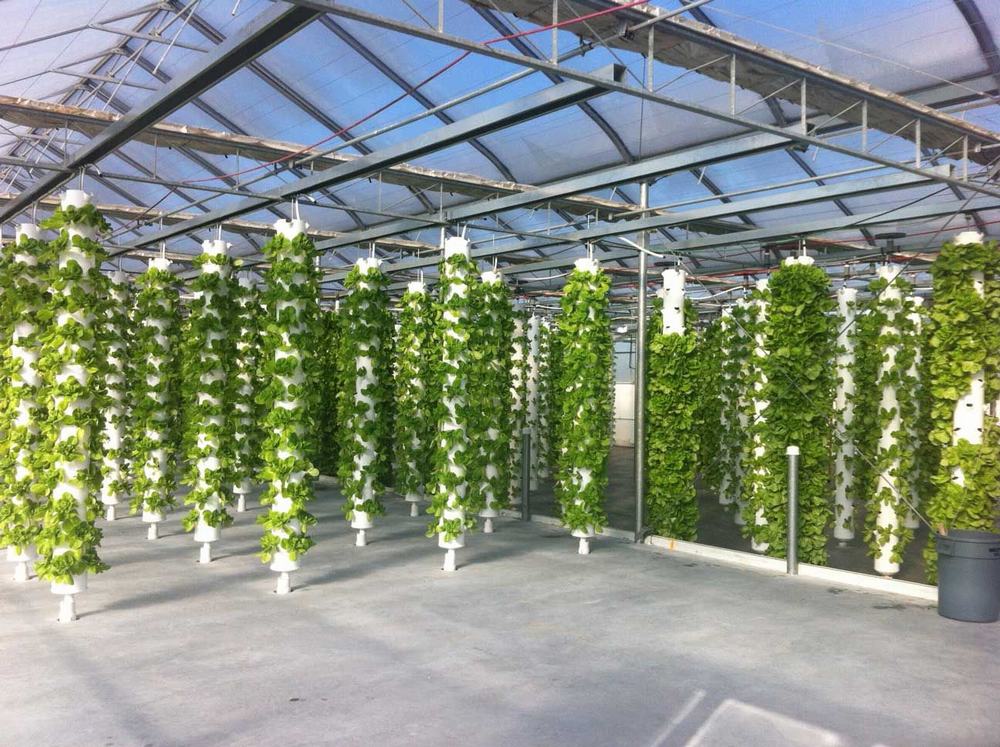Brand: WISBUILD
Product origin: Shandong, China
Delivery time: 30-40 days
Supply capacity: 20000 meters/month
If you are looking for the highest quality steel structure supplier, please contact us and our engineers will provide you with a professional quotation plan.
1 Descriptions of Biological Greenhouse Sun Room for Vegetable and Fruit Seeds:
| Descriptions | Biological Greenhouse Sun Room for Vegetable and Fruit Seeds |
| Refrigeration unit | Brand compressor |
| Refrigeration type | Air cooled/water cooled/evaporation cooled |
| Refrigeration | R22,R404a,R447a,R448a,R449a,R507a refrigerant |
| Defrost type | Electric defrosting |
| Voltage | 220V/50HZ,220V/60HZ,380V/50HZ,380V/60HZ,440V/60HZ optional |
| Panel | Polyurethane PU PIR PUR insulation panel,40kg/m3 |
| Panel thickness | 50mm,75mm,100mm,150mm,200mm,250mm,300mm |
| Type of door | Hange door,sliding door,double swing electric sliding door,truck door |
| Temp of room | 18ºC~+25ºC |
| Function | fruit,vegetable,flower,fish,meat,chicken,medicine,chemical,electronics,etc |
| Fittings | All necessary fitting are included optional |
| Place to assemble | indoor/outdoor(concrete construction building/steel construction building) |
2 Details of Biological Green houses Sunroom:


Cold rooms artificially control and maintain temperature for freezing and storage. Temperature isn’t always lower is better; different items require specific ranges. Frozen cold storage widely used in fruit, vegetable, food, fish, meat, cold drinks, ice cream factories. Freezer temperatures generally range from -15°C to -35°C, preserving quality and extending shelf life. Carefully controlling temperature minimizes spoilage, manages inventory, and provides fresh, safe products. Appropriate cold room temperatures determined by stored items’ requirements, enabling effective preservation across various industries.
| Cold Room Panels: | |
| Panels thickness | Temperature inside and outside cold room |
| 75mm | -5~25ºC |
| 100mm | -15~25ºC |
| 150mm | -25~25ºC |
| 180mm | -35~25ºC |
| 200mm | -50~25ºC |
Cold storage rooms find extensive applications across diverse industries, including food, supermarkets, hotels, aquatic products, pharmaceuticals, biologics, chemicals, industrial, and mining enterprises. These temperature-controlled environments offer customizable solutions tailored to customer specifications and unique storage needs. Constantly striving for excellence, cold storage providers possess the capability to satisfy specialized requirements, ensuring customer satisfaction. With meticulous attention to detail and adaptation to individual demands, these cold rooms facilitate effective preservation and storage, catering to the distinct needs of each industry’s products or materials. Delivering optimal temperature regulation and unwavering quality, cold storage solutions empower businesses with reliable and tailored cold chain management.
| Cold room function | Designed temperature range |
| Fresh keeping | 0°C~+ 5°C |
| Quick freezing/blast freezing | -40°C~-35°C |
| Processing area | +2°C~+8°C |
| Pre-cooling room/chilling room | +3°C~+2°C |
3 Cold Storage Rooms for Vegetables and Fruits Installation Sites:

1. Site selection and preparation: Choosing the ideal location with proper access, infrastructure, and environmental conditions.
2. Equipment selection: Determining the appropriate refrigeration system, insulation materials, and monitoring devices based on specific requirements.
3. Construction: Building the cold storage room with proper insulation, ventilation, and access points.
4. Installation of cooling systems: Setting up the refrigeration system, including compressors, evaporators, and condensers, to maintain the desired temperature and humidity.
5. Electrical and control systems: Integrating electrical wirings, control panels, and monitoring devices for efficient operation and temperature regulation.
6. Testing and commissioning: Conducting thorough testing of the cooling system, insulation, and overall functionality to ensure optimal performance.
7. Maintenance and monitoring: Implementing regular maintenance schedules and monitoring procedures to ensure the long-term efficiency and reliability of the cold storage room.
4 Biological Green houses Sunroom Project Cases:


Several noteworthy project cases exemplify the efficacy of biological greenhouses and sunrooms. These projects showcase innovative approaches to harnessing natural sunlight while maintaining optimal environmental conditions for plant growth. From advanced climate control systems to sustainable materials, each case demonstrates a commitment to ecological balance and energy efficiency. These solutions integrate cutting-edge technologies such as hydroponics and automated irrigation to maximize yields and minimize resource consumption. With a focus on biological principles and sustainable practices, these projects set benchmarks for environmentally conscious greenhouse design and operation.
5 Biological Green houses Sunroom Q&As:
1. What are the key differences between biological greenhouses and sunrooms?
Biological greenhouses are designed for year-round plant cultivation, utilizing controlled environments and often artificial lighting. Sunrooms, on the other hand, are primarily used as living spaces, offering natural light and warmth but lacking climate control systems.
2. What are the advantages of biological greenhouses?
Biological greenhouses enable optimal crop growth regardless of external weather conditions, allowing for year-round production and increased yields. They also offer protection against pests and diseases, reduce water usage, and provide a controlled environment for research and experimentation.
3. What are the advantages of sunrooms?
Sunrooms provide a comfortable living space with natural light and warmth, promoting relaxation and well-being. They can also be used for plant cultivation, but their reliance on natural sunlight limits crop selection and yield potential.
4. What are the disadvantages of biological greenhouses?
Biological greenhouses require high initial investment and ongoing operational costs for energy, climate control systems, and maintenance. They also have a higher environmental impact due to energy consumption and artificial lighting.
5. What are the disadvantages of sunrooms?
Sunrooms can suffer from excessive heat gain during summer months, requiring additional cooling systems. They also lack the climate control and protection from pests and diseases offered by biological greenhouses, limiting crop selection and yield potential.











